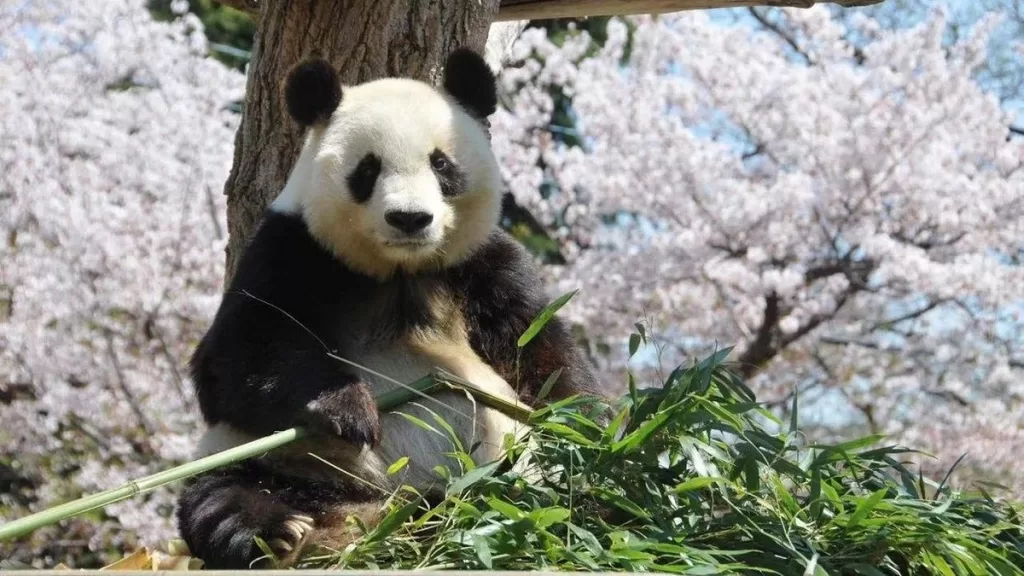Yes, there are pandas in Japan, and the country has a long-standing agreement with China for their rental. This arrangement aims to promote friendly relations and cultural exchanges between the two nations, while also facilitating scientific research and conservation education regarding giant pandas.
History of Pandas in Japan
Japan’s history with giant pandas dates back to 1972, when diplomatic relations between China and Japan were normalized. As a gesture of goodwill, China gifted Japan a pair of pandas named “Kangkang (康康)” and “Lanlan (兰兰).” Both pandas were around five years old and entering adulthood. The hope was that they would thrive in Japan and potentially breed. On November 5, 1972, the public debut of these pandas at Ueno Zoo drew an unprecedented crowd of 56,000 visitors, creating long lines outside the zoo. The immense interest led Ueno Zoo to shorten the exhibition time to just two hours to avoid overwhelming the more reserved Lanlan. Reports indicated that only about a third of the visitors actually got to see the pandas.
Renewed Panda Craze in the 1980s
After Kangkang and Lanlan passed away in the late 1970s, the arrival of “Feifei (飞飞)” and “Huanhuan (欢欢)” in 1982 reignited the “panda craze” in Japan. In 1986, another panda named “Tongtong (童童)” was born at Ueno Zoo, marking a second wave of panda enthusiasm. The 1980s saw a peak in the number of pandas rented or gifted to Japan from China, coinciding with a period when Japan’s friendly relations with China surpassed even those with the United States. During this time, Japanese media and pop culture prominently featured Chinese characters, including pandas, contributing to their popularity.
Current Panda Population in Japan
As of now, there are eight pandas living in Japan. Their distribution is as follows:
Ueno Zoo, Tokyo: Four pandas, including “Bili (比力),” “Xiannv (仙女)”and the twins “Xiaoxiao (晓晓)” and “Leilei (蕾蕾).”
Adventure World, Shirahama, Wakayama: Four pandas named “Fuhin (枫浜),” “Yuhin (结浜),” “Caihin (彩浜),” and “Ryojin (良浜).”
It’s important to note that in 2023, panda “Xiangxiang (香香),” along with her father “Yongming (永明)” and her twin sisters “Sakura (樱浜)” and “Momohin (桃浜),” returned to China. Additionally, panda “Dan Dan (旦旦),” previously at Kobe Oji Zoo, passed away on March 31, 2024.
Conclusion: The Role of Pandas in Japan-China Relations
In conclusion, pandas in Japan serve as a vital link in fostering goodwill between the two nations. The rental agreements have allowed for cultural exchanges and increased understanding of giant panda conservation efforts. The presence of pandas not only enriches Japan’s wildlife offerings but also underscores the importance of international cooperation in protecting these remarkable creatures.




